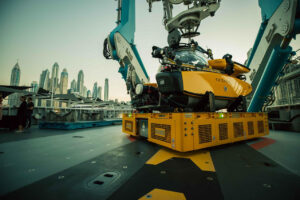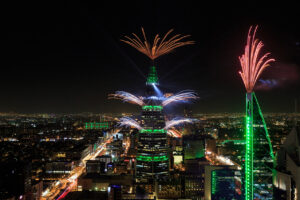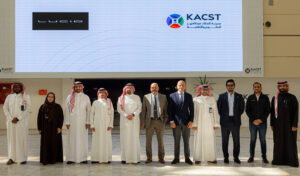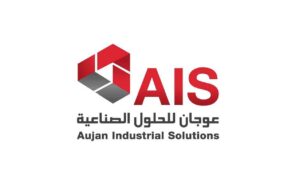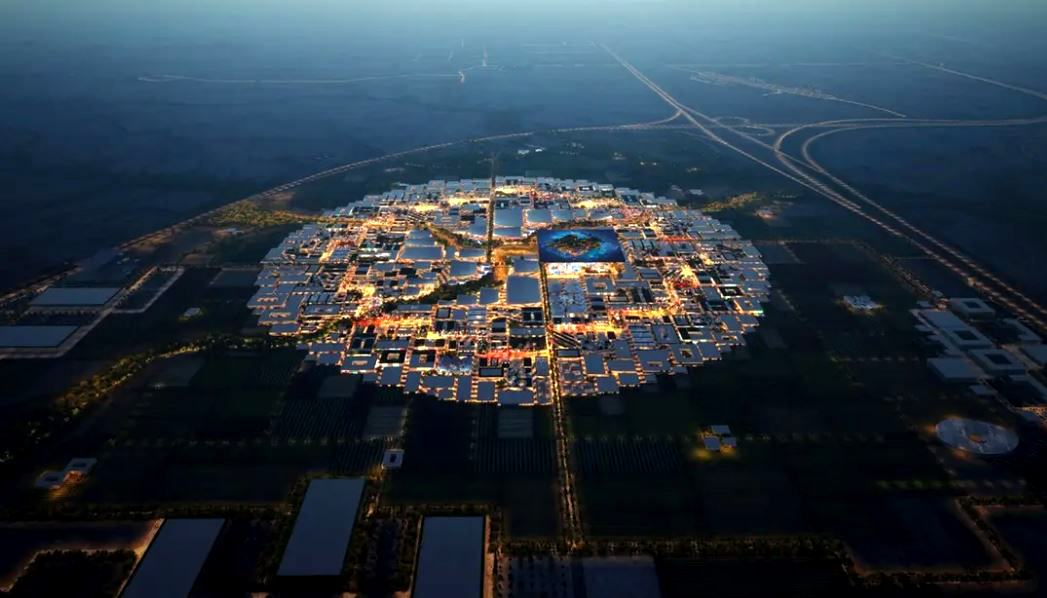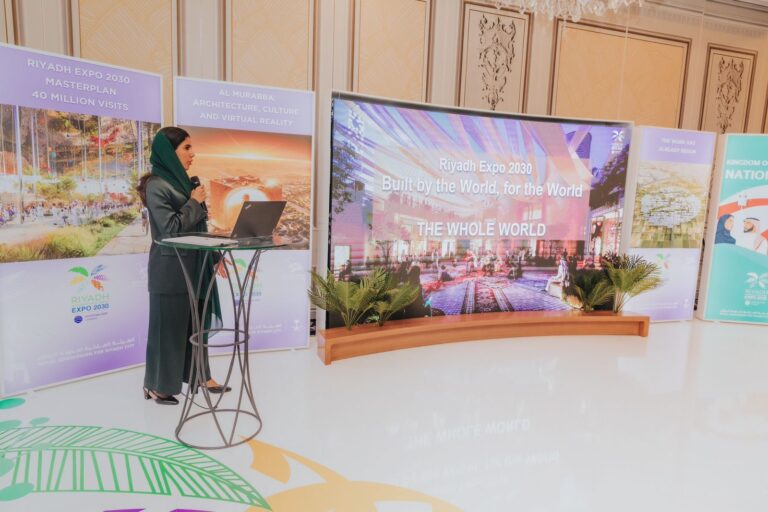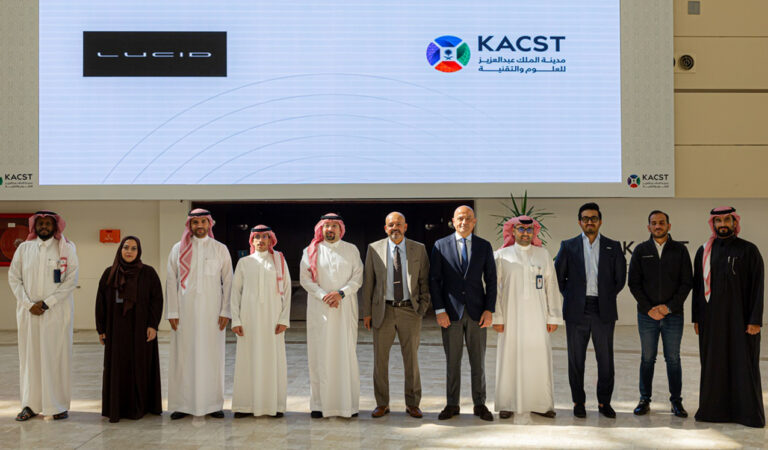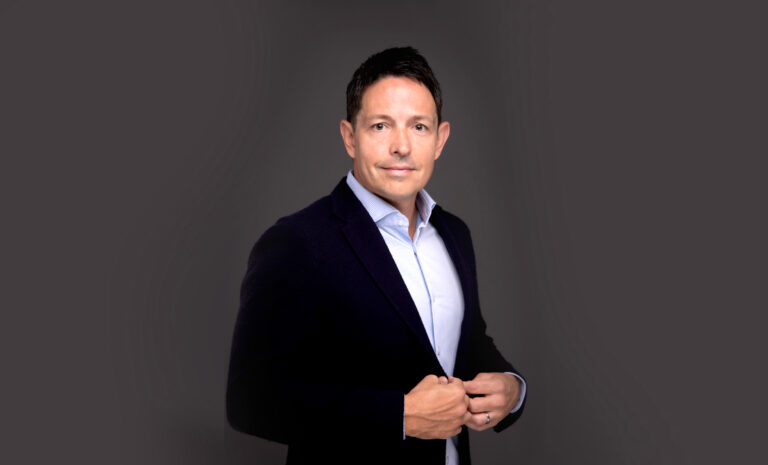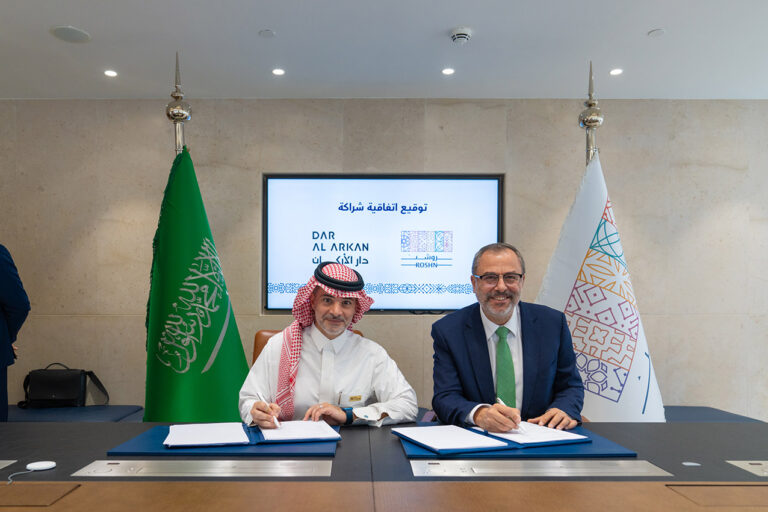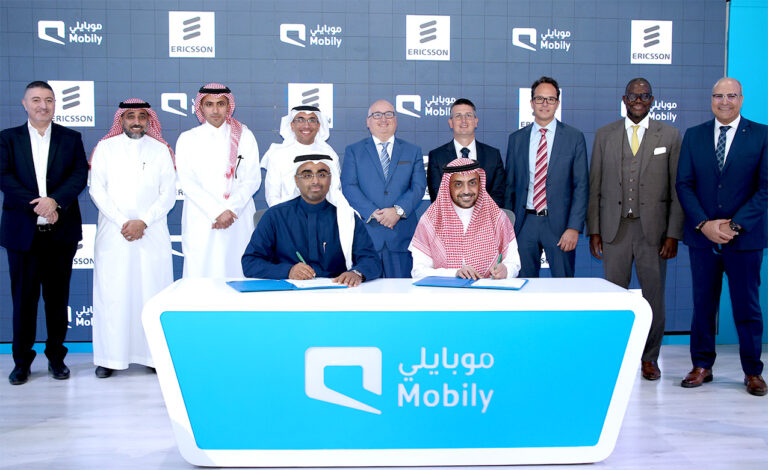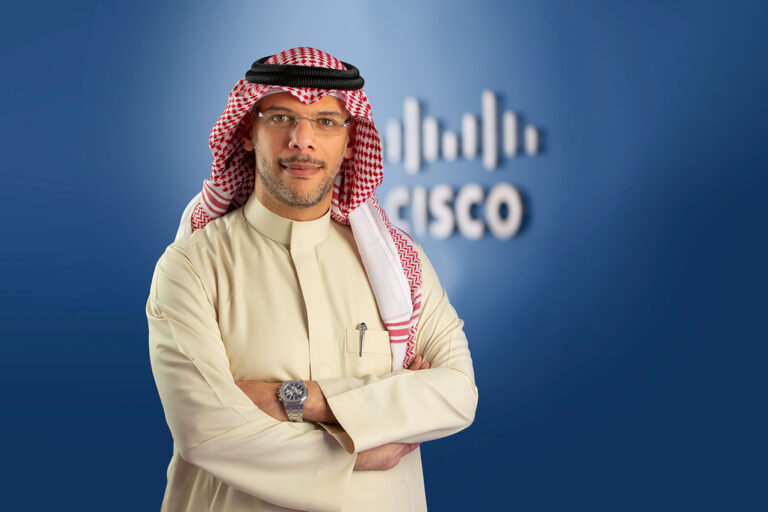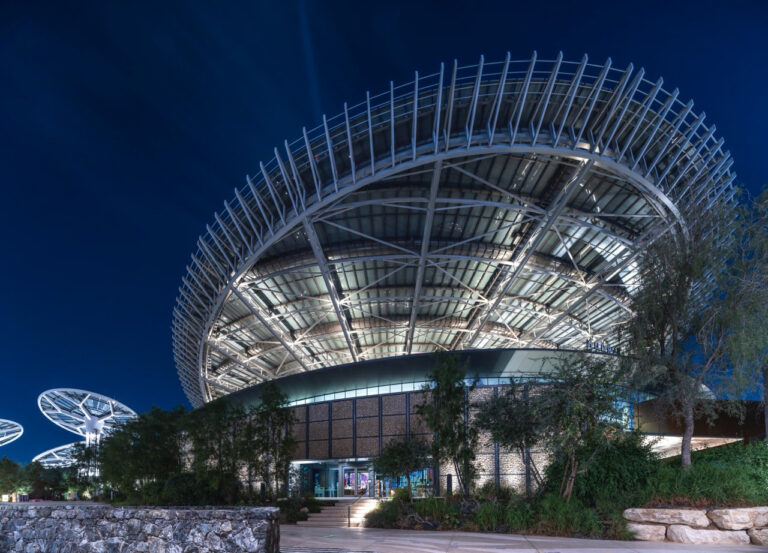Saudi Arabia is gearing up to welcome the world at the start of 2030, completing several projects that will capture global attention. In this report, we’ll highlight the most prominent of these projects.
One of the key projects set to be ready before hosting Riyadh Expo 2030 is the Riyadh Electric Train, known as the “Riyadh Metro.” This is part of the King Abdulaziz Public Transport Project in Riyadh, consisting of trains and buses. The project features six main metro lines crisscrossing the capital from all directions, encompassing 85 stations.
Connected to the project, statistical studies indicate an expected growth in Riyadh’s population from the current 6 million to over 8.5 million in the next ten years. This necessitates more efficient alternatives to meet the existing and anticipated mobility demands in the city. The project is expected to reduce car trips by approximately 250,000 per day, saving the equivalent of 400,000 liters of fuel daily and, consequently, reducing air pollution emissions.
Another noteworthy project is the Riyadh Sports Track, one of the four major projects launched by the Custodian of the Two Holy Mosques, King Salman bin Abdulaziz. Aligned with the goals of Saudi Vision 2030, the project aims to elevate Riyadh’s status among global cities. It encourages residents to adopt healthy mobility patterns and engage in various sports.
The project spans 135 kilometers, connecting Wadi Hanifa in the west to Wadi Al-Sulai in the east. It includes safe and tree-lined pedestrian paths, dedicated cycling tracks for both professionals and enthusiasts, horse trails, and various sports facilities, including a sports tower with arenas for different sports and indoor games.
Additionally, the Riyadh Art project, one of the prominent national initiatives for public art in the Kingdom, transforms Riyadh into an open-air art exhibition, showcasing the creative prowess of local and international artists across the city. With over 1,000 artworks and artistic landmarks displayed throughout Riyadh, the project covers residential neighborhoods, parks, natural reserves, public squares, public transportation stations, road bridges, city entrances, and all tourist destinations in the city.
The King Salman Airport, one of the world’s largest airports, covers an area of approximately 57 square kilometers. It includes the current King Khalid Terminal, six runways, and an additional 12 square kilometers of supporting facilities, residential assets, entertainment outlets, and commercial establishments, along with various logistical facilities.
The Diriyah Gate, a development project valued at SAR 64 billion, spans an area of 7 square kilometers. It serves as a historical, cultural, and upscale lifestyle destination, exhibiting over 300 years of history. The project aims to create a new global landmark with Najdi architectural style, transforming the historic Diriyah city into a global tourist destination, rooted in its history, culture, and heritage.
The King Salman Park, at the heart of Riyadh, is the world’s largest urban park. Offering a wide range of activities, arts, and cultural experiences, it becomes an attractive destination for sports, entertainment, and innovation.
The Qiddiya project will stand out as a distinctive global destination, offering innovative, exciting, and diverse experiences in the fields of entertainment, sports, and arts. Visitors can enjoy a variety of unique activities and services across five main pillars: sports and health, nature and environment, amusement parks and entertainment destinations, adventure and excitement, and arts and culture. Qiddiya is set to become the capital of entertainment, sports, and arts not only for the Kingdom but for the entire world.
These projects, scheduled for completion before 2030, include the Roshan Residential Complexes, Sfan Entertainment Complexes, Housing Strips, Prince Mohammed bin Salman Non-Profit City, and Riyadh Green City.

